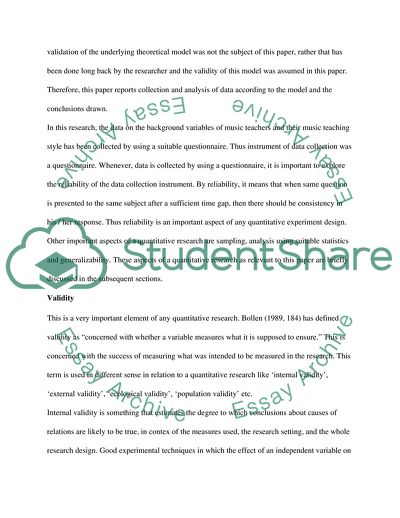Cite this document
(The Effect of Choral Music Teacher Experience Research Paper, n.d.)
The Effect of Choral Music Teacher Experience Research Paper. Retrieved from https://studentshare.org/music/1720627-quantitative-research-article-critique-music-education
The Effect of Choral Music Teacher Experience Research Paper. Retrieved from https://studentshare.org/music/1720627-quantitative-research-article-critique-music-education
(The Effect of Choral Music Teacher Experience Research Paper)
The Effect of Choral Music Teacher Experience Research Paper. https://studentshare.org/music/1720627-quantitative-research-article-critique-music-education.
The Effect of Choral Music Teacher Experience Research Paper. https://studentshare.org/music/1720627-quantitative-research-article-critique-music-education.
“The Effect of Choral Music Teacher Experience Research Paper”, n.d. https://studentshare.org/music/1720627-quantitative-research-article-critique-music-education.


